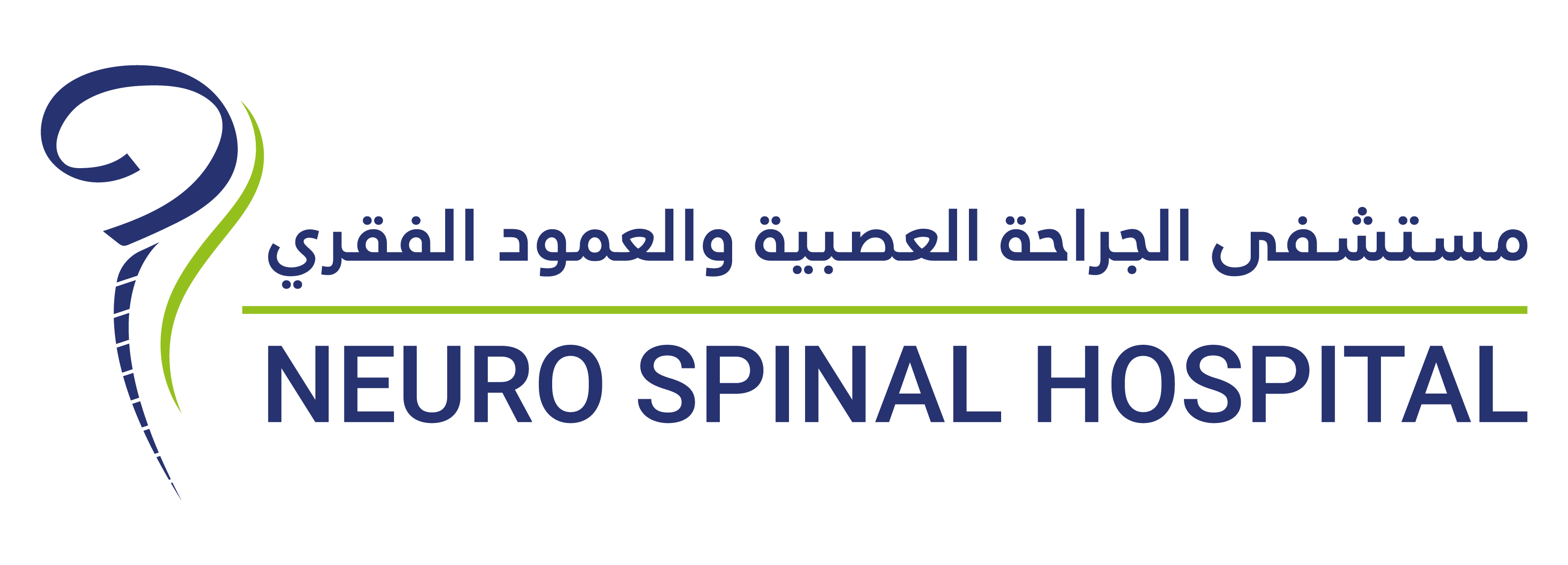Symptoms of cerebral palsy usually first appear during infancy or preschool years.
In general, cerebral palsy causes impaired movement associated with abnormal reflexes, floppiness or rigidity of the limbs and trunk, abnormal posture, involuntary movements, unsteady walking, or some combination of these.
Cerebral palsy can affect the whole body, or it might be limited primarily to one limb or one side of the body.
Some affected people can walk; others need assistance. Some people show normal or near-normal intellect, but others have intellectual disabilities. Epilepsy, blindness or deafness also might be present.
Cerebral palsy’s effect on function varies greatly. Muscle weakness, muscle spasticity and coordination problems can contribute to:
- Stiff muscles and exaggerated reflexes (spasticity)
- Stiff muscles with normal reflexes (rigidity)
- Lack of balance and muscle coordination (ataxia)
- Tremors or involuntary movements
- Slow, writhing movements
- Delays in reaching motor skills milestones, such as pushing up on arms, sitting up or crawling
- Favouring one side of the body, such as reaching with one hand or dragging a leg while crawling
- Difficulty walking, such as walking on toes, a crouched gait, a scissors-like gait with knees crossing, a wide gait or an asymmetrical gait
- Excessive drooling or problems with swallowing
- Difficulty with sucking or eating
- Delays in speech development or difficulty speaking
- Difficulty with fine motor skills, such as buttoning clothes or picking up utensils
- Eye muscle imbalance, causing focusing problems
Brain abnormalities associated with cerebral palsy might also contribute to other neurological problems, including:
- Difficulty seeing and hearing
- Intellectual disabilities
- Seizures
- Abnormal touch or pain perceptions
- Oral diseases
- Mental health conditions
- Urinary incontinence
Consult a doctor if you notice delays in your child’s development or have concerns about episodes of loss of awareness of surroundings or of abnormal bodily movements, abnormal muscle tone, impaired coordination, swallowing difficulties, eye muscle imbalance or other developmental issues.






